The Law on Science and Technology 2013 was passed by the National Assembly of the Socialist Republic of Vietnam on June 18, 2013 and took effect from January 1, 2014.
After the implementation of the Law on Science and Technology 2013, the domestic and international context has changed a lot, strongly affecting all economic and social fields. The Law was promulgated in 2013, so it is inevitable that it has not been updated with new issues when science and technology in the country and the world have developed too quickly, especially in the last 5 years. Therefore, the Ministry of Science and Technology believes that amending the Law is essential to meet current practical requirements.
In his speech at the "Vietnam Science and Technology Day 18/5" on the afternoon of May 16 in Hanoi , Minister of Science and Technology Nguyen Manh Hung shared the strong and revolutionary innovations of the Law on Science, Technology and Innovation.
Firstly, science and technology are the foundation of a nation. Only when science and technology flourishes will a nation prosper. Only when science and technology are strong will a nation be strong. A nation that wants to become a powerful nation must be a science and technology powerhouse. A nation that wants to become a developed nation must be a nation with developed science and technology.
Second, science and technology must aim for innovation to enhance national competitiveness, promote socio-economic development, ensure national defense and security, and improve people's quality of life. For the first time, innovation has been included in the Law and placed on par with science and technology, reflecting a fundamental change in development thinking. Emphasizing innovation also emphasizes the role of promoting the application of science and technology in practice, contributing to increasing socio-economic value and efficiency. If science, technology and innovation are expected to contribute 4% to GDP growth, the contribution from science and technology accounts for 3%, while science and technology accounts for 1%.

Third, strong innovation in management thinking, from controlling processes and inputs such as invoices and detailed documents, to managing results and output efficiency, accepting risks associated with risk management.
The focus of state management is no longer on the implementation method but on the results. The Ministry of Science and Technology is responsible for measuring the overall effectiveness of science and technology programs and tasks, and at the same time using the results as the basis for resource allocation. Increasing autonomy for organizations, individuals and project managers in implementing tasks, managing the apparatus, and spending according to the spending mechanism, but accompanied by the requirement to improve accountability and transparency in the use of resources. In particular, organizations and individuals conducting research have the right to own research results for commercialization; researchers are entitled to receive at least 30% of the income from commercialization and are exempted from or have their personal income tax reduced for this income.
Fourth, shifting from a country using core technology to mastering strategic technologies. This is also the first time that Vietnam has established a clear direction for shifting from a country mainly using core technology to mastering strategic technologies that have a great impact on economic growth and national security. The state budget has a focus, key investment, and prioritizes the allocation of about 40-50% to carry out the tasks of mastering strategic technologies.
The implementation of these tasks is assigned to capable and reputable enterprises and research organizations. The State has policies to invest in building key laboratories, shared laboratories, and modern technical infrastructure to serve the development of strategic technology.
Fifth, science and technology, instead of being in the sky, going from the sky to the earth, must have another direction, going from the earth up, from innovation to technological development and then to scientific research.
Instead of going in one direction as before, starting from scientific research and technology development to develop new products, this time we focus on a new direction, taking the market and product orientation as the driving force, as the orientation for technology development, and identifying related research problems.

Sixth, transfer basic research to higher education institutions. This is a major orientation of the state. The transfer of basic research to higher education institutions is in line with international practice. All countries consider higher education institutions as research centers, especially basic research, because this is where the most basic research human resources are concentrated, especially young human resources (teachers, professors, students, and postgraduates).
This shift does not mean eliminating the role of research institutes in the field of basic research. On the contrary, research institutes, especially the two Academies, can continue to carry out research tasks.
basically suitable to its strengths, organizational structure and development orientation.
Seventh, shift the focus of technology development to enterprises. Enterprises are empowered and strongly encouraged to invest in research and development, not only with their own resources but also with support from the state budget.
If in the past, the state budget funding for enterprise research and development was only less than 10%, in the coming time it will be 70-80%. Enterprises are allowed to account for expenses for their research and development activities as production and business costs, and there is no longer a maximum limit (previously it was about 1% of revenue and only applied to profitable enterprises). These expenses are also tax deductible with an outstanding preferential coefficient of 150% and can be up to 200% if invested in strategic technology.
Profitable enterprises are allowed to allocate pre-tax profits to establish investment funds for science, technology and innovative startups, in order to encourage enterprises, especially large enterprises, to support innovative startups in researching and developing new technologies and new breakthrough business models. In addition, the State also has a policy of prioritizing the purchase of scientific and technological products from domestic enterprises.
Eighth, balance natural science research and social science research. Social science and humanities research have an impact on the development of the nation and humanity no less than natural science research. Social science and humanities research aims at the development of society and humanity. The interdisciplinary combination of natural science and social science ensures that technological development is associated with the protection of core ethical values of humanity.
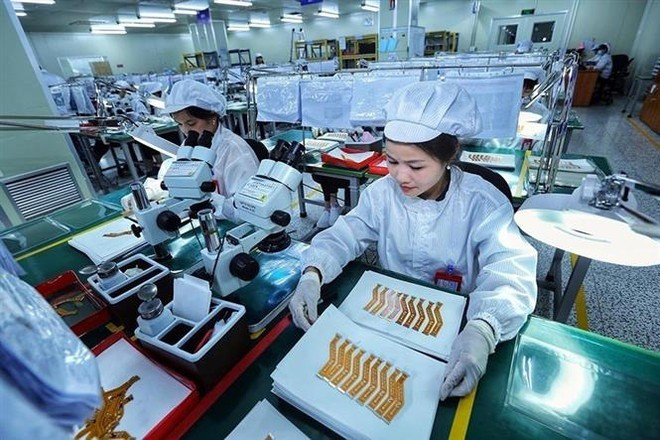
Ninth, develop science, technology and innovation in a complete and balanced ecosystem , including institutions, infrastructure, human resources and entities such as enterprises, research institutes, universities, the state, researchers, financial institutions, intermediary organizations, innovation centers, research and development funds, technology innovation funds and venture capital funds.
In this ecosystem, the state plays a creative role, through investing in the construction of key laboratories, shared laboratories, supporting information, standards, intellectual property, issuing preferential financial mechanisms, supporting innovative businesses, while attracting and rewarding domestic and foreign talents and experts. Connecting with the ecosystem of other countries. Vietnam has many big problems, with a budget to implement, we must cooperate, hire, and take advantage of research facilities and global scientists. This is the fastest and most effective way to develop science and technology and develop the country.
Tenth, comprehensive digital transformation of science and technology activities and science and technology management . Research and development organizations will use the national digital platform to manage science and technology topics and tasks using the state budget, and state management agencies are responsible for monitoring the entire life cycle of tasks, even if they last 10-15 years. Strongly transform from pre-inspection to post-inspection model, reduce administrative procedures and replace them with digital management, thereby improving operational efficiency, transparency and long-term monitoring capabilities./.
Source: https://www.vietnamplus.vn/10-diem-moi-cua-du-thao-luat-khoa-hoc-cong-nghe-va-doi-moi-sang-tao-post1038938.vnp







![[Photo] Prime Minister Pham Minh Chinh and Prime Minister of the Kingdom of Thailand Paetongtarn Shinawatra attend the Vietnam-Thailand Business Forum 2025](https://vphoto.vietnam.vn/thumb/1200x675/vietnam/resource/IMAGE/2025/5/16/1cdfce54d25c48a68ae6fb9204f2171a)
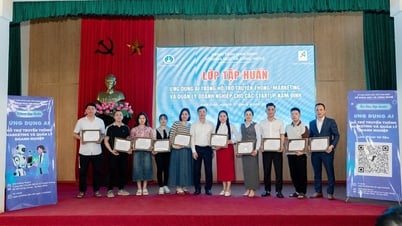



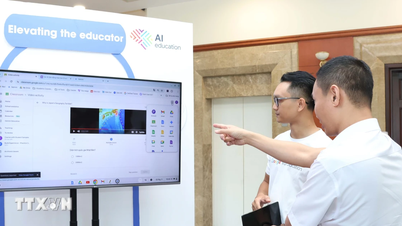







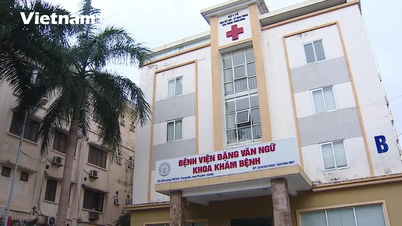
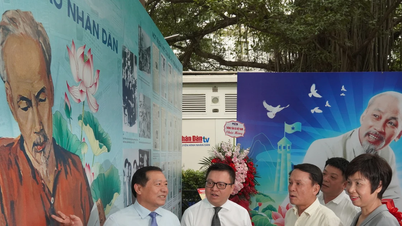




![[Photo] President Luong Cuong receives Prime Minister of the Kingdom of Thailand Paetongtarn Shinawatra](https://vphoto.vietnam.vn/thumb/1200x675/vietnam/resource/IMAGE/2025/5/16/52c73b27198a4e12bd6a903d1c218846)














































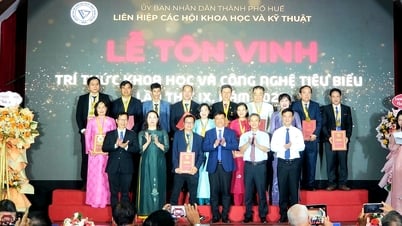

















Comment (0)